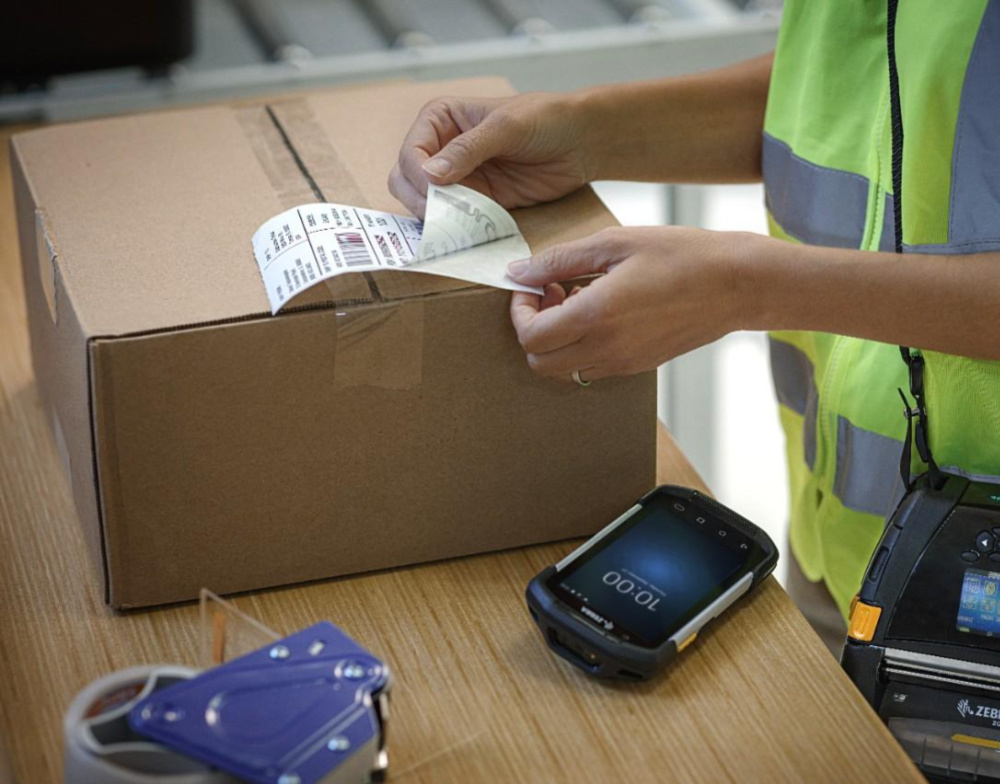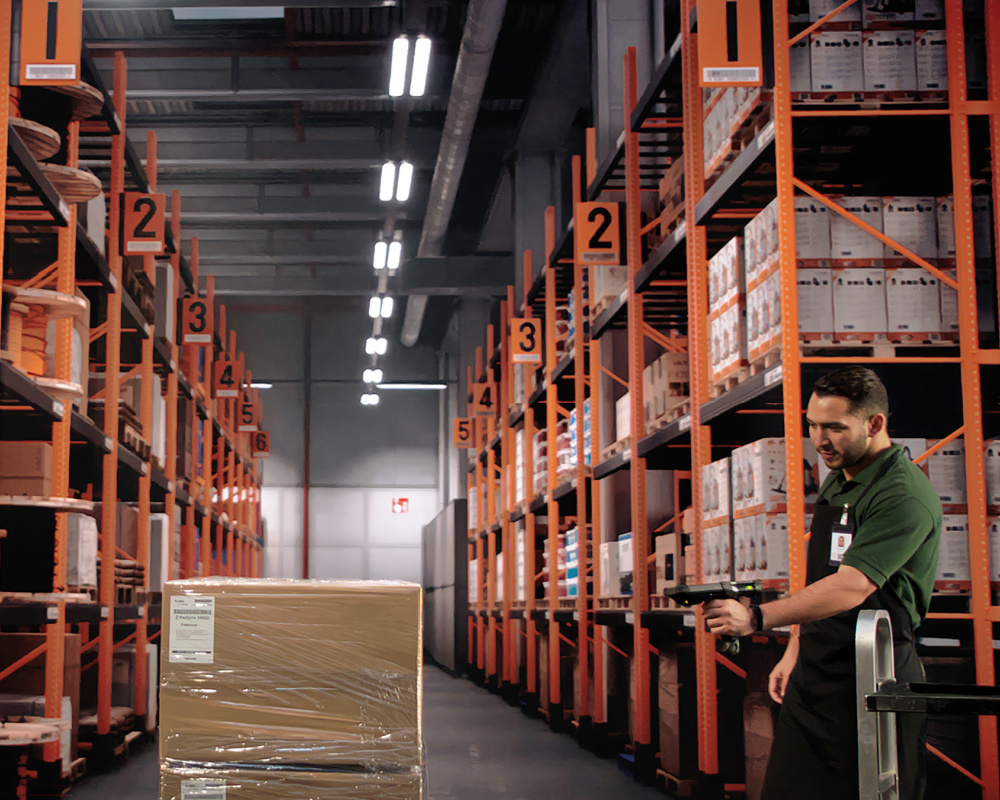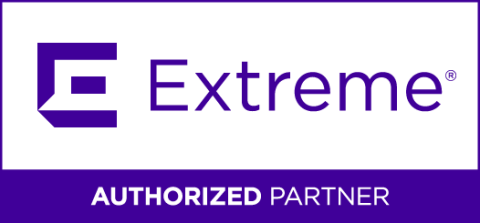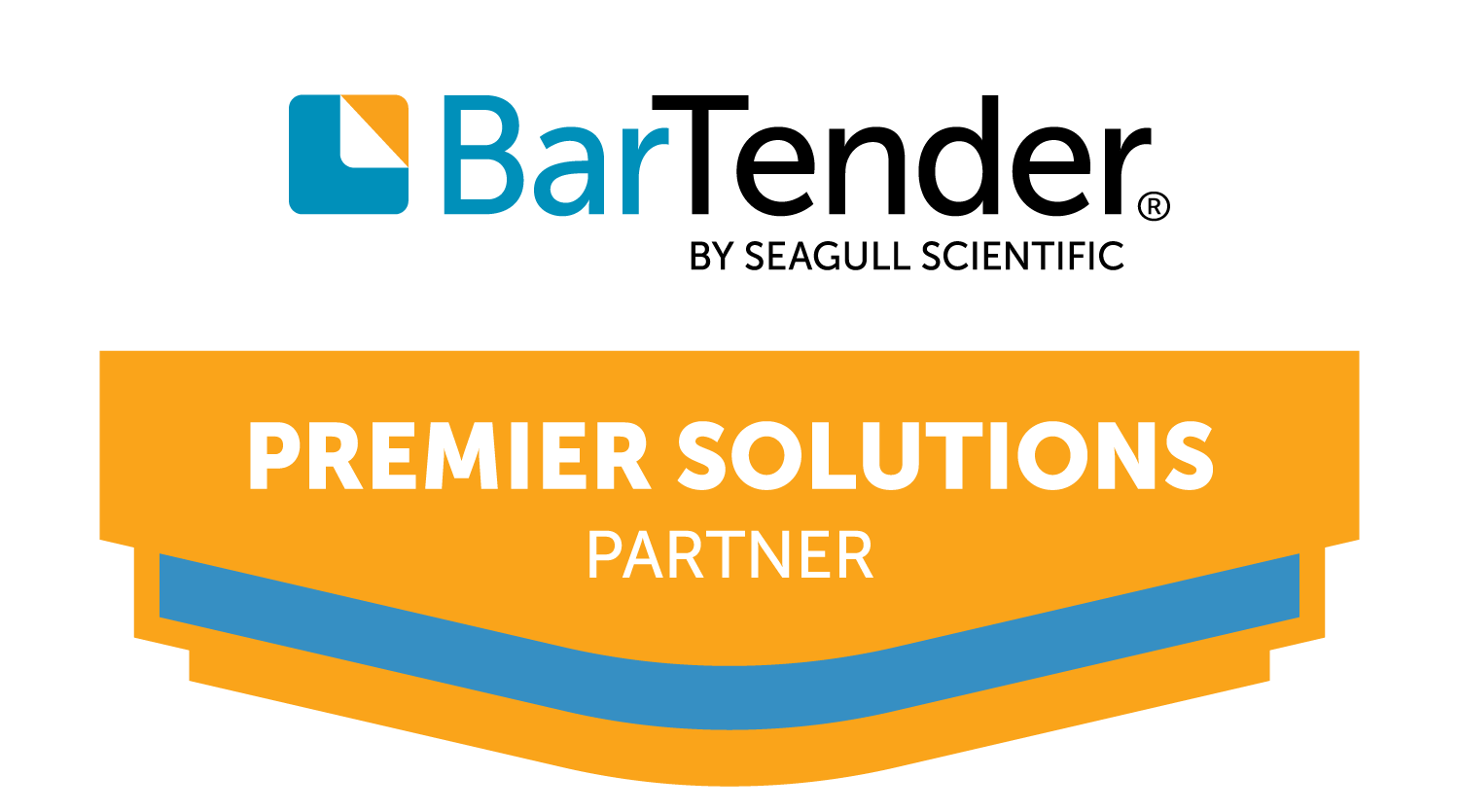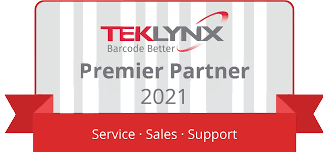
Radio Frequency Identification (RFID) technology has revolutionized asset tracking and management, offering two main categories: Active RFID and Passive RFID. Understanding the differences between these two systems is crucial for businesses seeking optimal solutions for their tracking needs.
Key Takeaways
-
Real-Time Tracking Power with Active RFID: Active RFID offers real-time tracking capabilities, thanks to its continuous signal transmission. Equipped with a power source, typically a battery, active RFID tags provide extended read ranges, making them suitable for applications that demand constant monitoring, such as tracking high-value assets or goods in transit.
-
Cost-Effective Efficiency with Passive RFID: Passive RFID, known for its simplicity and cost-effectiveness, operates without a built-in power source. Instead, it relies on energy from RFID readers. Despite a shorter read range compared to active tags, passive RFID is ideal for applications where tracked items move through designated points, making it a cost-effective choice for inventory management and tracking items in close proximity.
-
Tailoring Solutions to Specific Needs: The choice between active and passive RFID depends on the specific requirements of the tracking environment. Businesses can tailor their RFID solutions based on factors like the need for real-time tracking, the distance between tracked items and readers, and the desired level of data accuracy. Understanding the strengths of each RFID type allows organizations to optimize their tracking systems for efficiency and accuracy in various industries.
Active RFID: Unleashing Real-Time Tracking Power
Active RFID systems stand out for their ability to provide real-time tracking information. Unlike their passive counterparts, active RFID tags are equipped with a power source, typically a battery, enabling them to actively broadcast signals. This constant transmission enhances their range and allows for continuous communication with RFID readers. Active RFID is ideal for applications requiring dynamic, real-time tracking, such as monitoring the location and condition of high-value assets or tracking goods in transit.
One of the key advantages of active RFID is its extended read range. These tags can transmit signals over longer distances, making them suitable for tracking assets in expansive areas. For example, in a large-scale manufacturing facility, active RFID can provide real-time insights into the movement of raw materials, work-in-progress items, and finished goods.
Additionally, active RFID tags often include sensors to monitor environmental conditions or trigger alerts based on specific events, adding another layer of functionality. In the pharmaceutical industry, active RFID sensors can monitor temperature-sensitive medications during transportation, ensuring compliance with regulatory standards.
Passive RFID: Cost-Effective and Efficient
On the other hand, Passive RFID systems are known for their simplicity and cost-effectiveness. Passive RFID tags don’t contain a built-in power source; instead, they rely on the energy transmitted by RFID readers to power up and transmit data. This simplicity makes passive RFID tags smaller, lighter, and less expensive than their active counterparts. They are commonly used for tracking items in close proximity, such as inventory management within a warehouse or retail setting.
While passive RFID tags have a shorter read range compared to active tags, advancements in technology have significantly improved their performance. Passive RFID is well-suited for applications where the tracked items move through controlled points, allowing for efficient and accurate data capture.
For instance, in a retail environment, passive RFID can be employed for inventory management, allowing businesses to quickly and accurately count and track products on the shelves. In healthcare, passive RFID is used for tracking medical equipment and supplies within a hospital, ensuring that the right items are available when needed.
Which RFID Solution Should You Choose?
The choice between active and passive RFID depends on the specific requirements of the application. Active RFID is favored for scenarios demanding real-time tracking, extended read ranges, and additional sensor functionalities. Industries like logistics, transportation, and manufacturing often benefit from the continuous monitoring capabilities of active RFID.
Conversely, passive RFID is a cost-effective choice for applications where the tracked items move through designated checkpoints. Retail, healthcare, and inventory management are common use cases for passive RFID, providing accurate and streamlined tracking without the need for constant, real-time updates.
In conclusion, the selection between active and passive RFID hinges on the unique demands of the tracking environment. Each technology comes with its own set of advantages, enabling businesses to tailor their RFID solutions to achieve optimal efficiency and accuracy in their operations. Whether it’s the real-time monitoring of assets in a supply chain or the streamlined inventory management in a retail store, RFID technology continues to play a pivotal role in enhancing visibility and control across various industries.

Explore RFID Solutions
Radio Frequency Identification (RFID) is the wireless non-contact use of radio frequency waves to transfer data using tags, readers, and antennas, in an effort to automatically and uniquely identify and track inventory and assets. RFID takes auto-ID technology to the next level by allowing tags to be read without a line of sight and, depending on the type of RFID, having a read range between a few centimeters to over 20+ meters.
We’re Here to Help
Contact us to Start the Modernization Process
Looking for more information about a specific technology solution? Feel free to ask us about pricing, data sheets, and demos, or schedule a free in-person/online consultation for strategic guidance from one of our experts.
Fill out the inquiry form or contact us to start the process.



